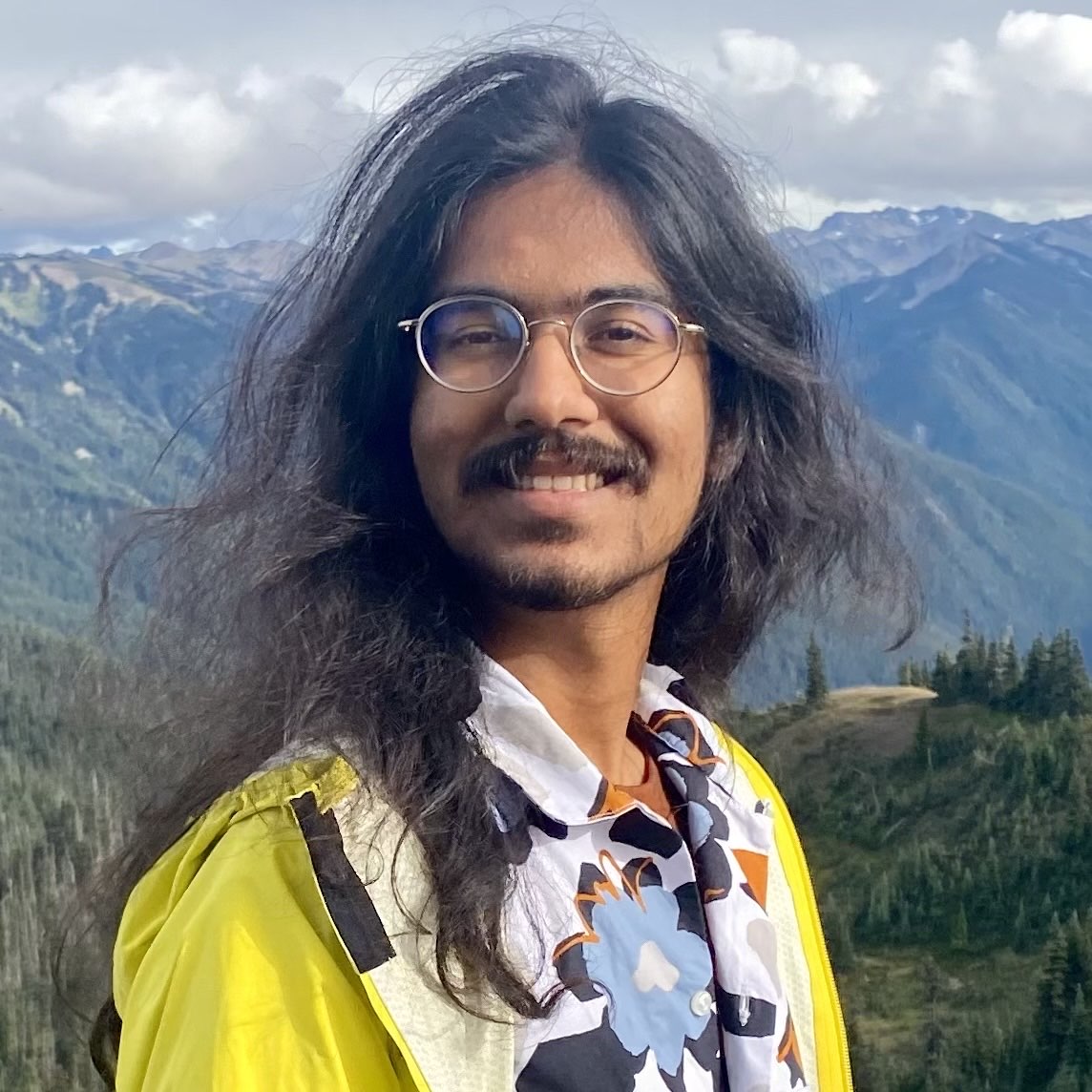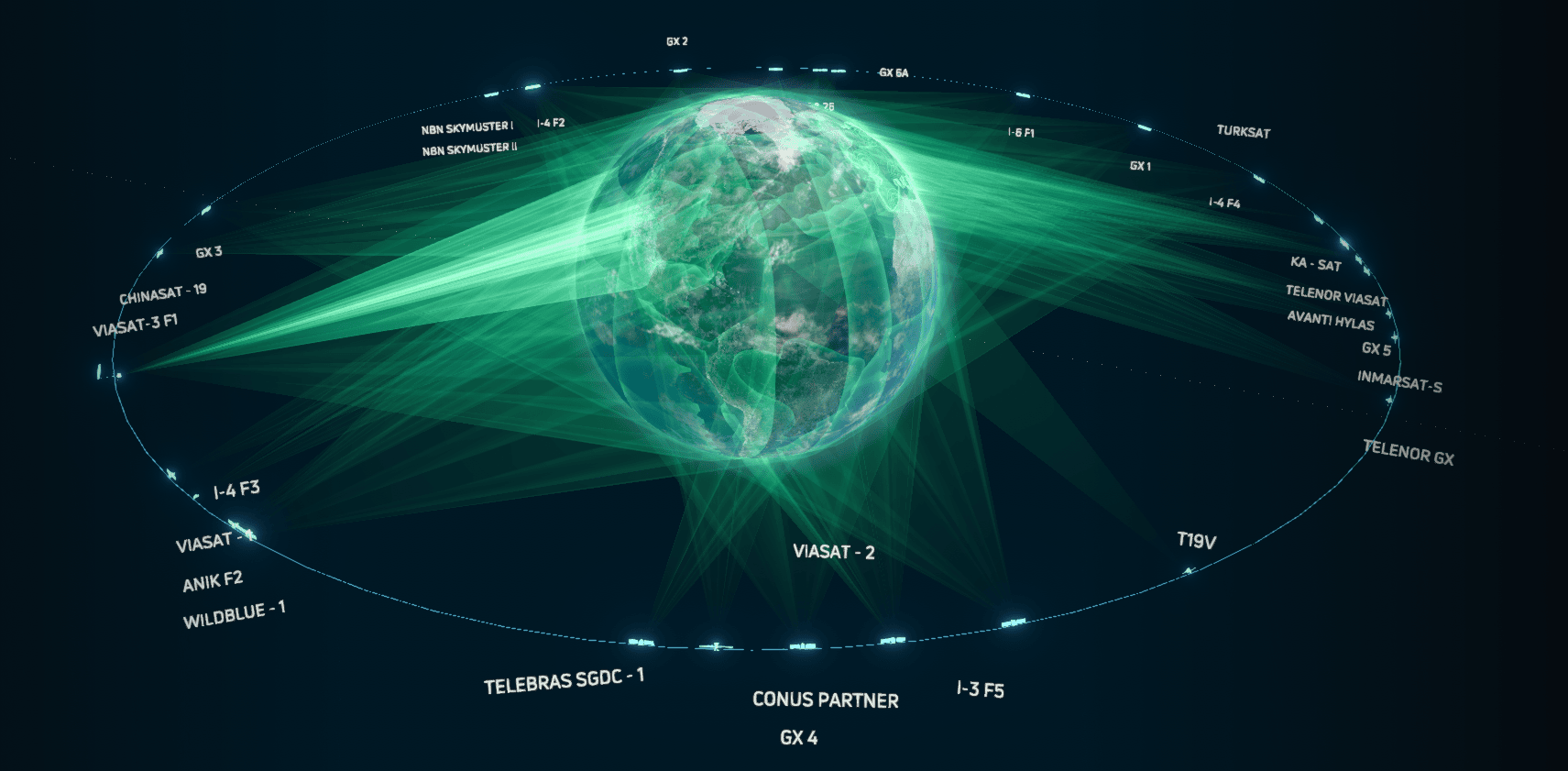10 reasons I chose to join Triton UAS
Published:
This post is a reprint of the original post I wrote on the Triton UAS blog. This post has been edited to add COMMENTARY blocks with my own commentary.
Triton UAS is a club at UC San Diego which makes Unmanned Aerial Systems, aka autonomous planes.
LA JOLLA, CA - UC San Diego’s massive campus offers hundreds of clubs to join and thousands of classes to take. When I came to UCSD, I spent a lot of time shopping around for what I wanted to do with my free time here. I read through the list of all clubs multiple times to find a place to belong. I want to share why Triton UAS members chose to join, and why sticking with Triton UAS for four years turned out to be the best decision I could ever make.
1. The project is exciting
Triton UAS participates in the Student Unmanned Aerial Systems competition. Each year, we design and manufacture a plane from scratch to compete. Then our plane autonomously flies an obstacle course, searches for lost targets on the ground, and safely delivers aid to their locations.
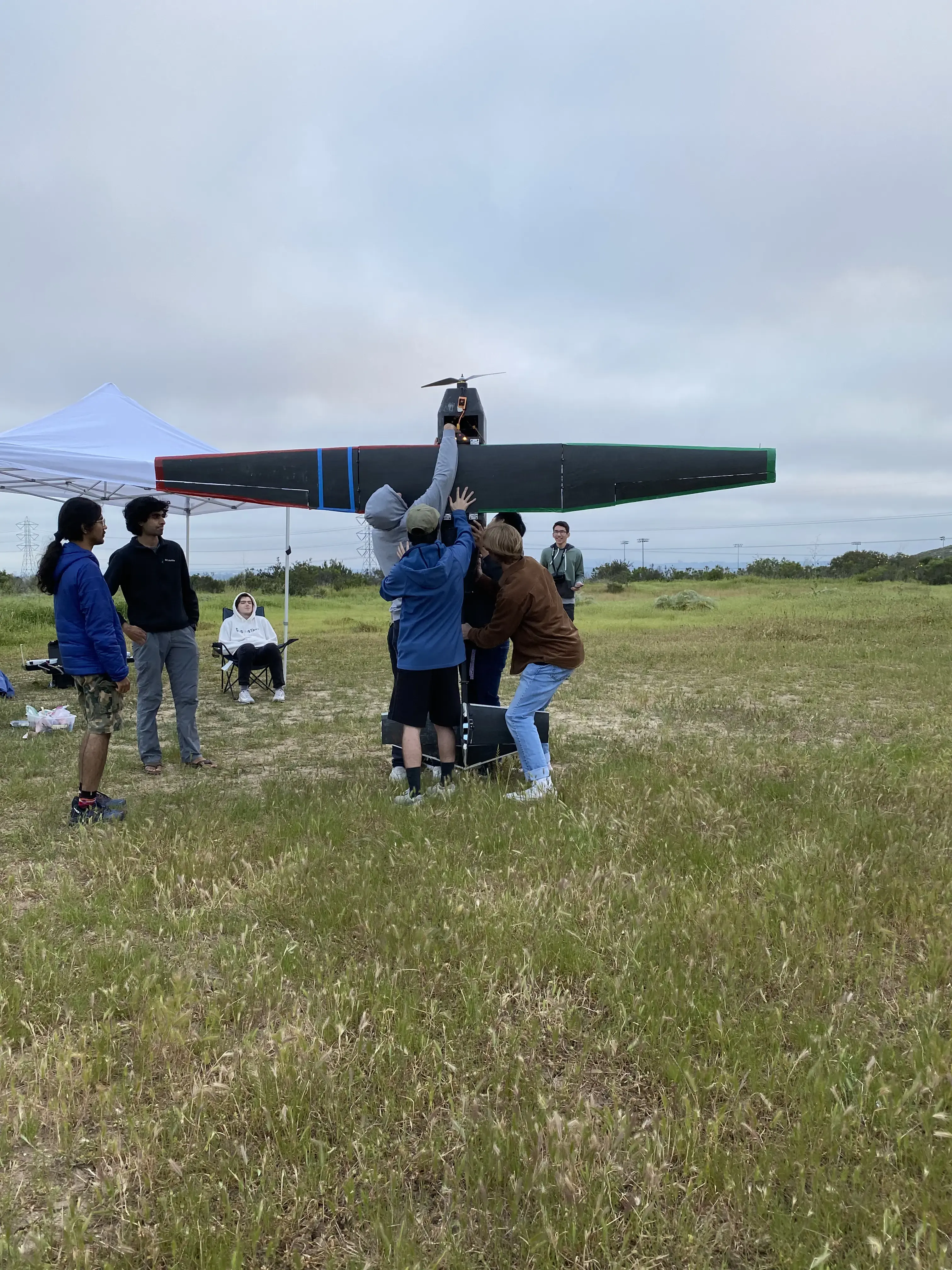
The project is so cool! We build a real, double-than-human sized plane that carries out a mission autonomously. It is inspiring to take part in the process of going from nothing to plane. At the end of the year, I can squint up into the sky and see my work flying.

Flying to the moon
2. Making something cool
I love that we build a real system. It is no comparison that an autonomous flying plane is cooler than any class project. Some of the things we do have never been done, by students or professionals. Autonomous vehicles are still a largely unsolved problem — you cannot search for existing solutions to the problems we face. Building planes is tough, and moreso given our time and monetary constraints.
However, we rise to the challenge. Triton UAS is a team effort. It is amazing to create something that I could never do on my own.

3. Mentorship
Triton UAS taught me that you can learn anything. Each team lead is an expert at what they do. The leads will teach you everything you need to know. We have an onboarding plane project which allows new members to hit the ground running. Rookie members learn our manufacturing processes and the onboarding projects help all the teams work together towards a unified goal. Experienced members use this time to work on the design of the competition plane. New recruits get to deploy something they built within their first quarter.

Even outside of TUAS, making friends with upperclasspeople can help you navigate school and choosing your future.
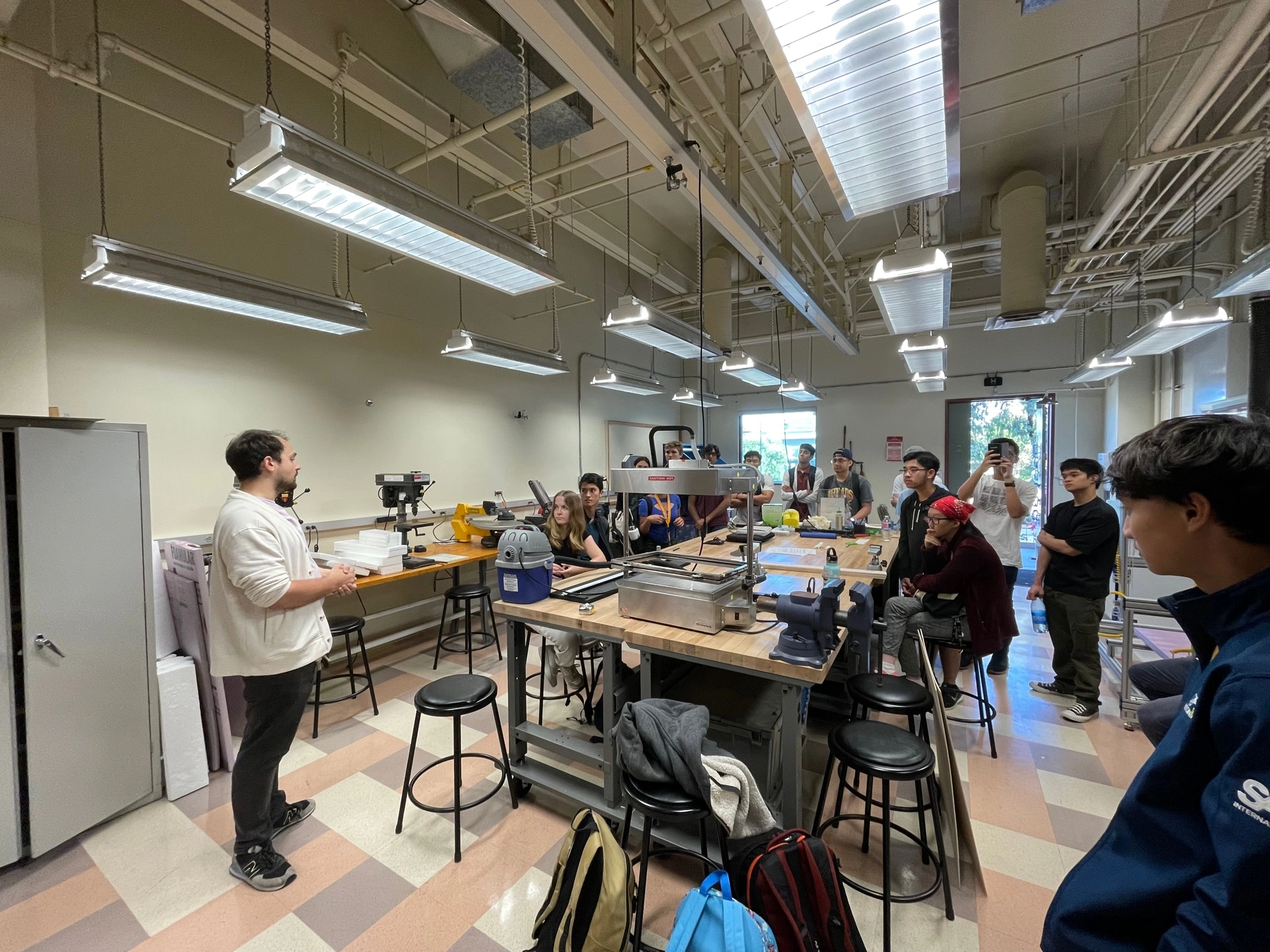
4. Collaboration
There are several subteams which are critical to our mission: airframe, business, embedded, and software. We actively encourage collaboration between teams and make sure that we are foremost learning and having fun. Our airdrop task requires us to design a mechanism to deliver a package to the target. For the dropping mechanism, airframe designed a door in the bottom of the plane and iterated on the internal machinery. Members collaborated with embedded to make the electronics for the guided payload and enlisted software to handle the logic for dropping and making sure that the communications fail safely.
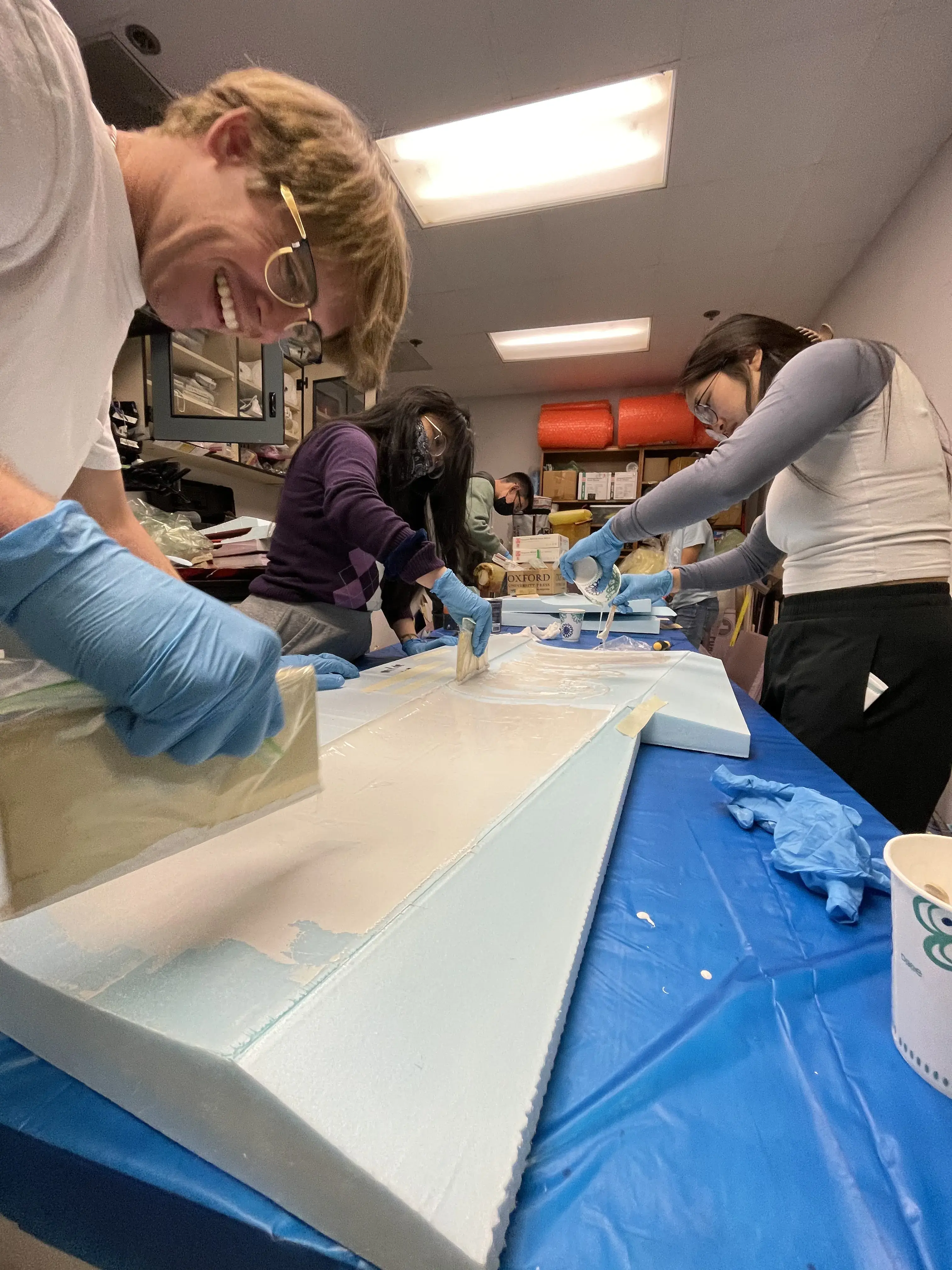
TUAS is in the sweet spot of size. You can get to know everyone in the club. Also, you are not a cog working on a random minor aspect of the plane. Another great part of the community is that you get to interact with the local domain experts. Within TUAS, I have met students who have spent hundreds of hours working with carbon composites, the state of the art of machine learning research, and experts in PCB manufacturing.
Check out why members of our different subteams think:
Airframe: 🛫
Software: 💻
I liked that TUAS is uniquely both a novel hardware chanllenge and a novel software challenge. Although self driving is not solved, the kinds of things you do with terrestrial robotics are mostly well-defined issues by now. Whereas there is less research in the SOTA of autonomous planes. We face a different set of constraints and have to engineer solutions which I haven’t seen published anywhere online. Also we have great onboarding for people at all levels: people who have never coded can learn from our git workshop, or we will teach Computer Vision to those new to doing vision.
Embedded: 🔌

Business: 🕴
We run the finances and logistics for the team. Business is charge of corporate sponsorships, running fundraisers, and managing expenses. We also manage external communication through this blog, our LinkedIn, and Instagram. We also make awesome merch and bring the team together with our epic socials like the beach day and TUAS Olympics.
And remember that these distinctions are fluid. We have people in multiple subteams, or people who jump over for a single project. For example, a software member could hop into the embedded meetings for a quarter to work on our camera gimbal.
5. Competition
Our work culminates in flying out to the competition in Maryland each year. We fly our plane autonomously all the way from California to Maryland! Unfortunately, it only sits autonomously in the cargo hold of a Boeing airliner.
I find the deadline very motivating. The bonding we experience at deadlines is stronger than I have ever experienced elsewhere. Everyone bands together to meet the integration test deadlines. I know that if I ever need help, I can call out and multiple people will come to help me at any time of day or night.

Competition also means that a lot of work has to be done each year; we design and build a new plane every year to meet the ever-changing competition objectives. We are not creating a project that gets thrown away after demoing 24 hours of work or presenting a quarter of work; our plane is not a one-off launch that then turns into an art exhibit. We must work to create reliable systems which will be maintainable by other people. We work to improve our systems year-over-year. In addition to short term goals, we have multi-year projects to improve the plane, such as turning electronics wiring into a custom PCB, developing new Computer Vision models for dynamic detection, and experimenting with new carbon fiber manufacturing techniques for the plane.
TUAS is an established club. TUAS has been around for nearly two decades, whereas many of the other robotics and aviation clubs were founded a few years ago. This means that we have to work with some systems that have been made entirely by graduated students. We have the realistic situation of working with hardware and decisions made long ago.
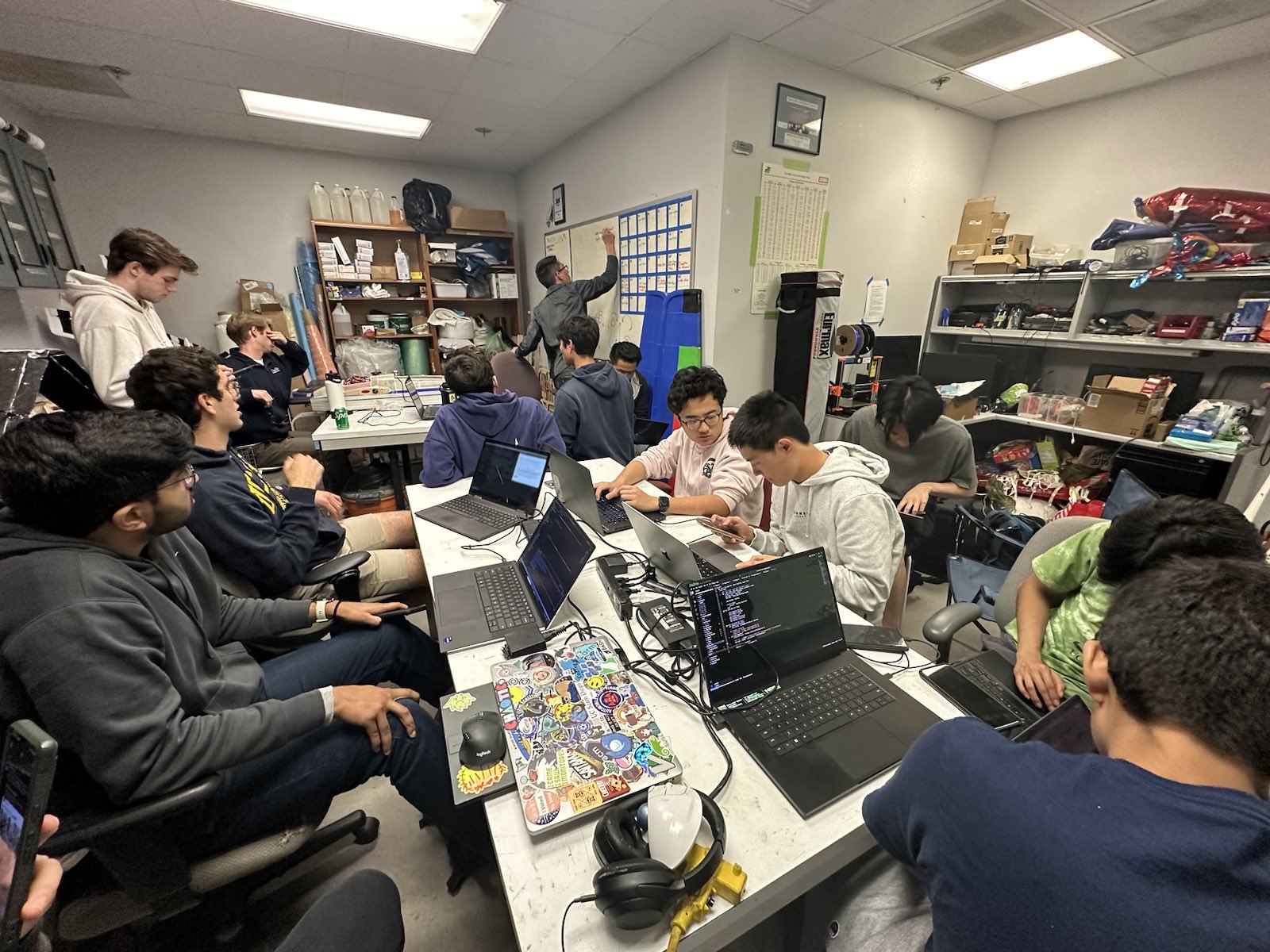
6. TUAS is approachable
There is no mandatory attendance policy. There is no required previous experience. There are no interviews. There is no member fee. I love that TUAS is open to everyone from every background, experience, and history. In Fall, our number one goal is to mentor new members. We are not screening new hires for their experience to be able to work on their minor part of the system and learn nothing new.

The more you put into the club, the more you get back. We understand people have other obligations, especially with the gruelling quarter system. We just ask that members communicate with us. The great part is that you get to “own” your task and get to make decisions yourself.
We do not just say we are open to everyone, we actually are. You can check out all our meeting times on our website, you can join our Discord server, or meet our members at campus outreach events (library walk tabling, EOTG). We want to help the greater engineering community outside of UCSD. We visit San Diego fairs and schools, publish documentation and tutorials publicly on our wiki, publish a whitepaper of our work, and license our code as Free Software.

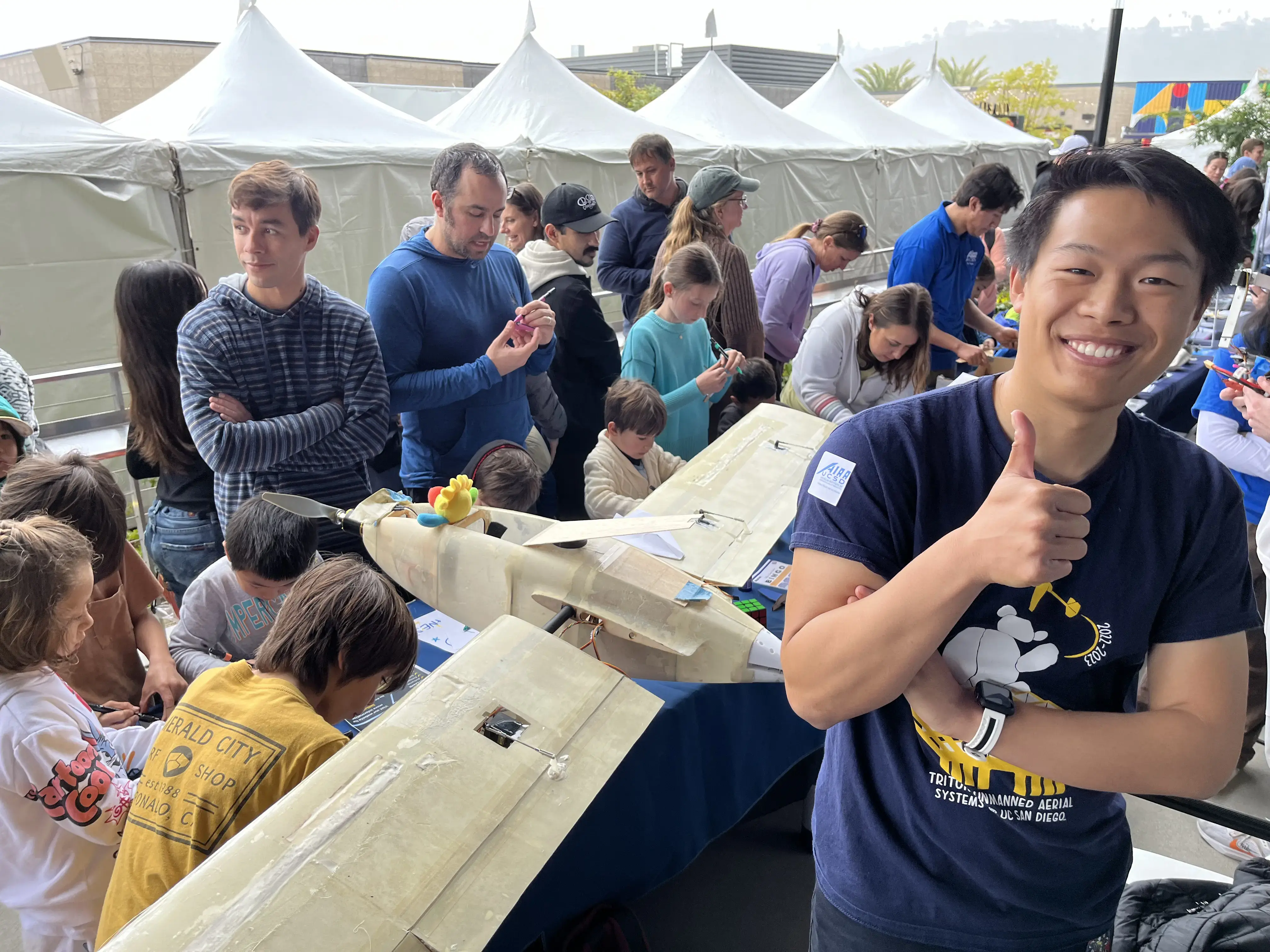
7. Culture
The leads are so kind. I have seen that when people see notice someone struggling, they band together to raise the struggling person up. I saw this camaraderie when the software team switched the core flight controller to C++ from Python. To do this, we switched to the CMake build system. We were all unfamiliar with setting up C++ project infrastructure and had to figure out many things. Together, we succeeded against The Great CMake War (c. 2024).

We have open documentation, actively share, and encourage people to attend other subteams’ meetings. I have so much secondhand knowledge about carbon fiber molding from watching and listening to explanations from airframe members. People who have spent thousands of hours on ANSYS modelling entertain my dumb questions. The team is so open minded to new ideas, even from inexperienced members.
This year we were weighing whether to add VTOL (vertical takeoff and landing) to our plane. We needed to make the decision judiciously as has huge implications on both software and hardware. The team came together and openly presented the pro and con considerations at our town halls. We did not devolve into a war between the two sides and did not do this through democracy. All the debate was done in public for anyone to add to, and then the team project manager made the ultimate decision. I like that we trust others’ decisions in TUAS. Instead of silos for each subteam, we have cohesive all hands “townhall” meetings to make sure everyone is on the same page. We have necessary hierarchy because leads need to make choices for cross-subteam projects quickly.

I have not seen any other club that solicits member feedback so much. TUAS sends member CAPES, an evaluation form to give feedback on your experience in the club. Feedback is constantly being asked for and being shared at our townhall meetings.

TUAS is not all serious decision making. There is so much fun club lore and our business team does a fantastic job organization social events and fundraisers. These are some schenanigans that we have definitely not done:
- shorted the electrical board on carbon fiber, setting the plane on fire
- worked in the lab overnight
- set the world record for any% fastest Tapex order
- made a Tapex time leaderboard
- run regression algorithms to predict Tapex order numbers
- carved the Tapex logo into a pumpkin
- flown bread
- there are NO easter eggs at all in our ground control station software
- gotten a plane prop stuck on the motor
- eaten 1000 oreos
- gone to Tuas
- played Minecraft in a hotel until 4am
- snacked on packing peanuts
- canary in the Jacob’s mine
- 1 inch thick exploding laptops
- amogus world record
- yummy orange fumes tier list
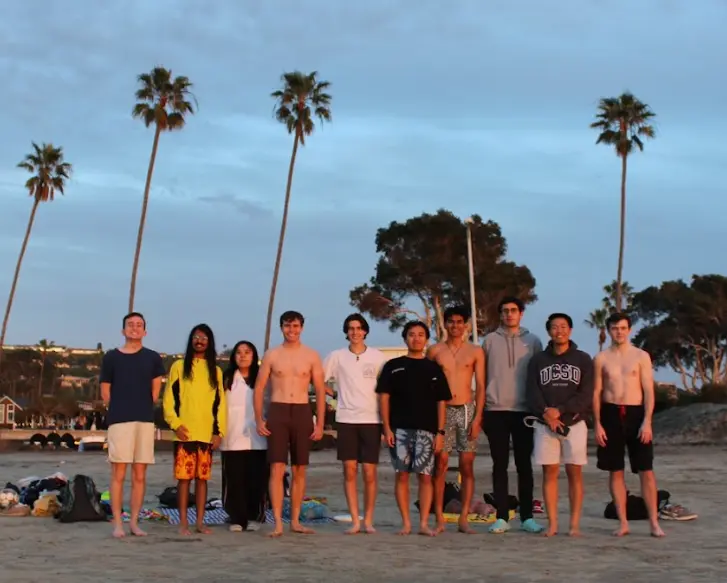

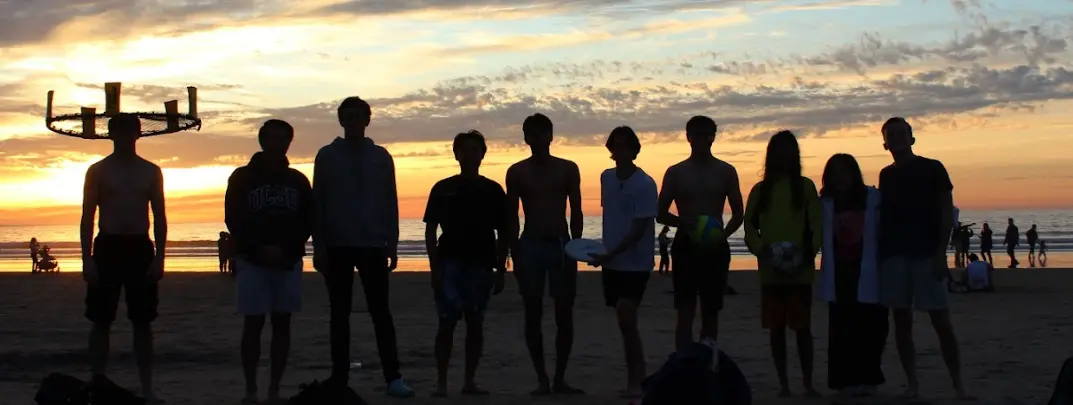


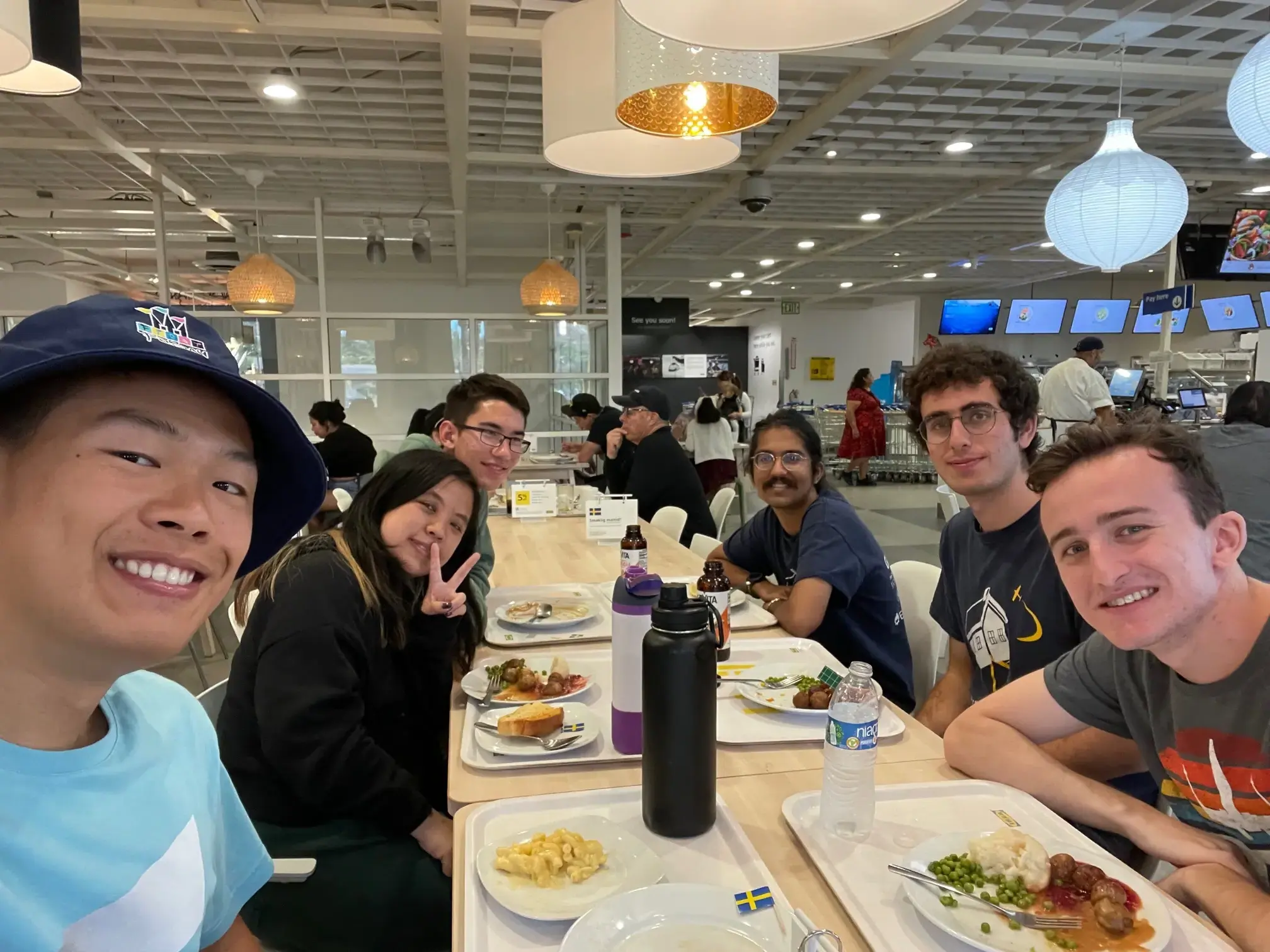
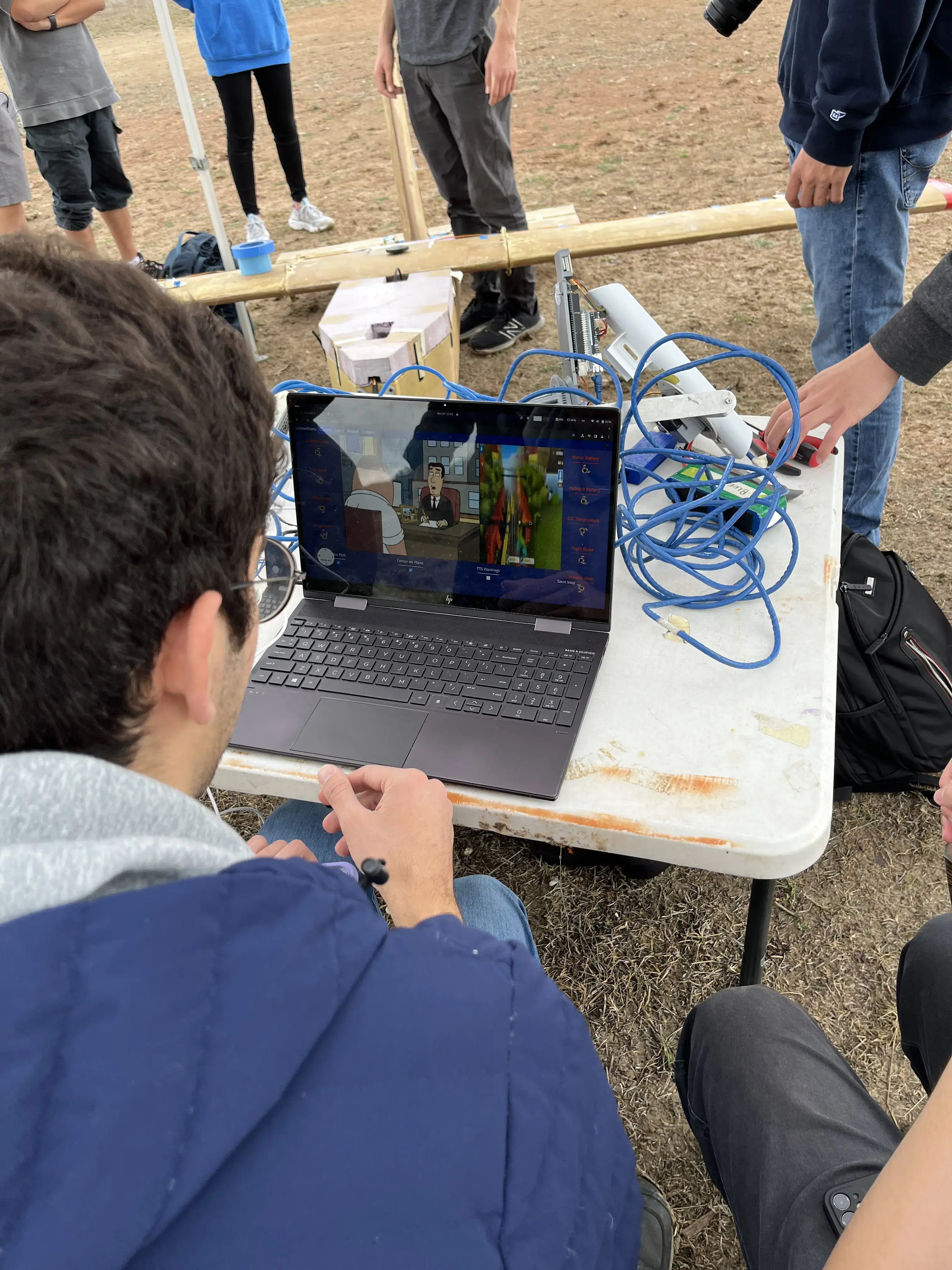


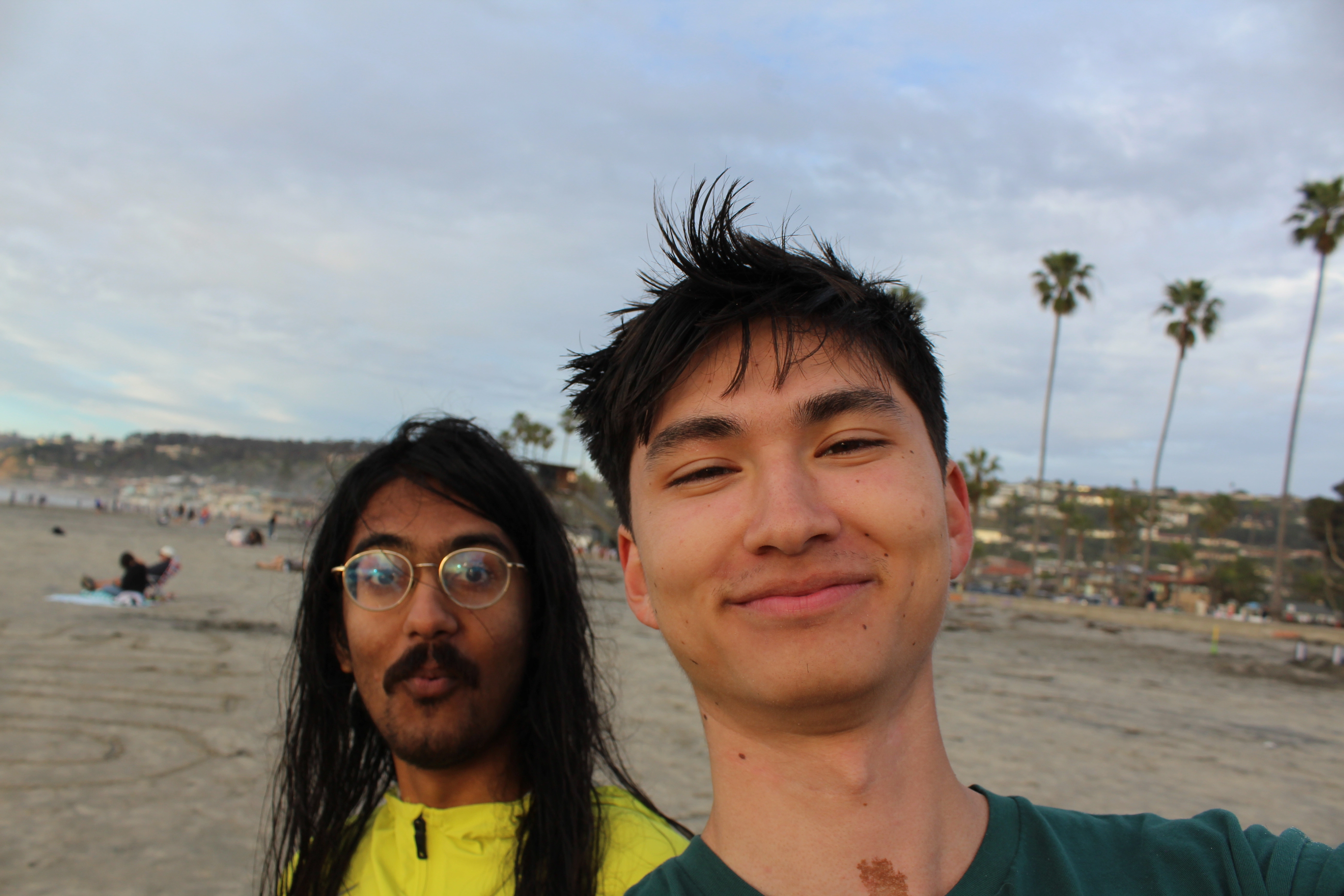
Being around other TUAS people is so fun. Going to a school with 40,000 students, I’m accustomed to encountering people randomly and in classes and never seeing them again. But with TUAS, you are growing with the other people. It’s so awesome to be around other curious people who are interested in hearing about what you are working on and meeting people who are passionate about learning. In a huge campus, the TUAS lab feels more like home than my apartment does.


8. Career Opportunities
The culture in TUAS has shown me that these people are in this club because of their passion and not for the resume line item. Nevertheless, the experience is a boon for our future careers. Interviewers often ask me about my work in TUAS, and TUAS has led to me scoring an internship. I know many of our members have gotten jobs at aviation and engineering companies because this club experience sets them apart from people who only know theoretical course material. The effect of TUAS on career outcomes is clear if you look at out alumni.
9. Alumni
You get opportunities to interact with alumni of the club, who have gone onto great graduate programs, founded successful startups, and worked their dream jobs at JPL. While a student, it’s great to have the mentorship of elder students who have gone through the same path as you. Beyond graduation, you can get advice from people who have gone down different paths.
10. And Takeoff
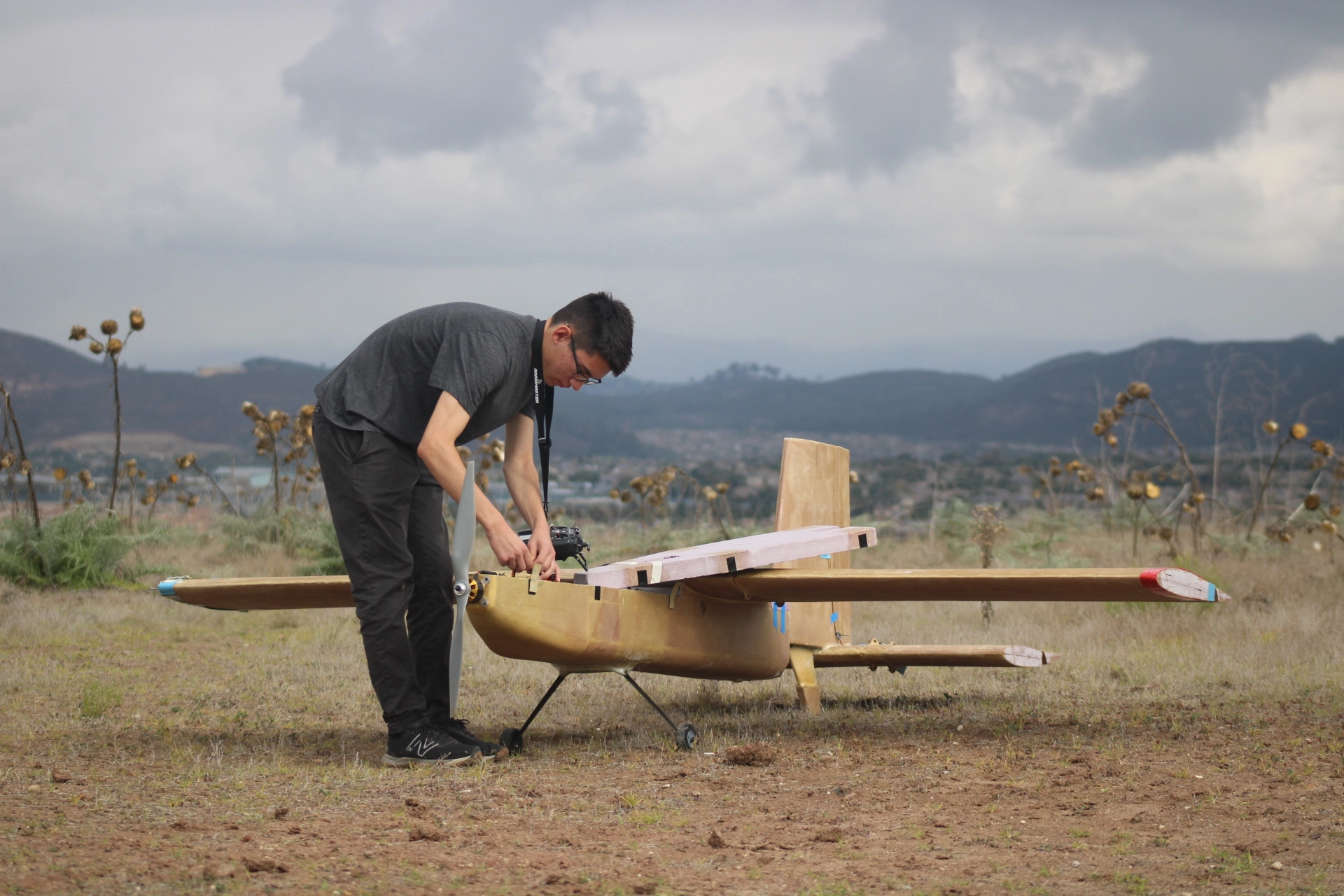
I’ll mention this again. But launching at the end of the year is so fun. The first successful full-system integration test is pure euphoria.
I went from knowing nothing about planes to making one of the coolest things I have ever seen.
11. Mentoring
A last bonus benefit: After making it through your first competition year, you are no longer a rookie. It is an amazing journey slowly becoming the expert that you looked up to as a rookie. We are here to help each other out.

TUAS can be stressful. Dealing with deadline and scrambling as things break during testing can start to consume all your time. But we have bonded and become better engineers, better teammates, and better people having come through the other side.
For all these reasons, the TUAS lab holds a special place in my heart. All the work we have done together and all the people I have met will always stay with me.

You can choose to spend your time anywhere, but you’ll be glad to have spent it with us.
Join us near the start of any quarter. See you in the skies.
This post is inspired by a post from the MIT rocketry team. Check out this post with my unofficial, personal commentary.

